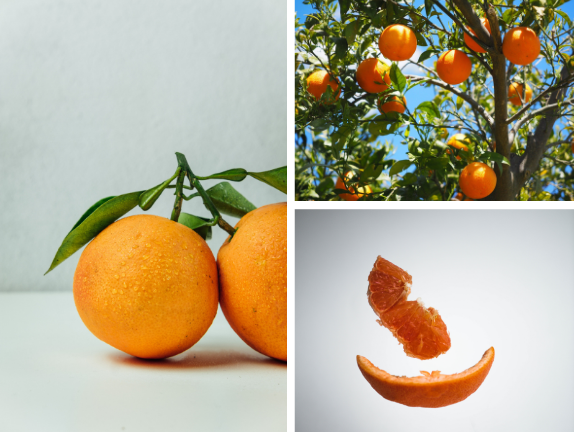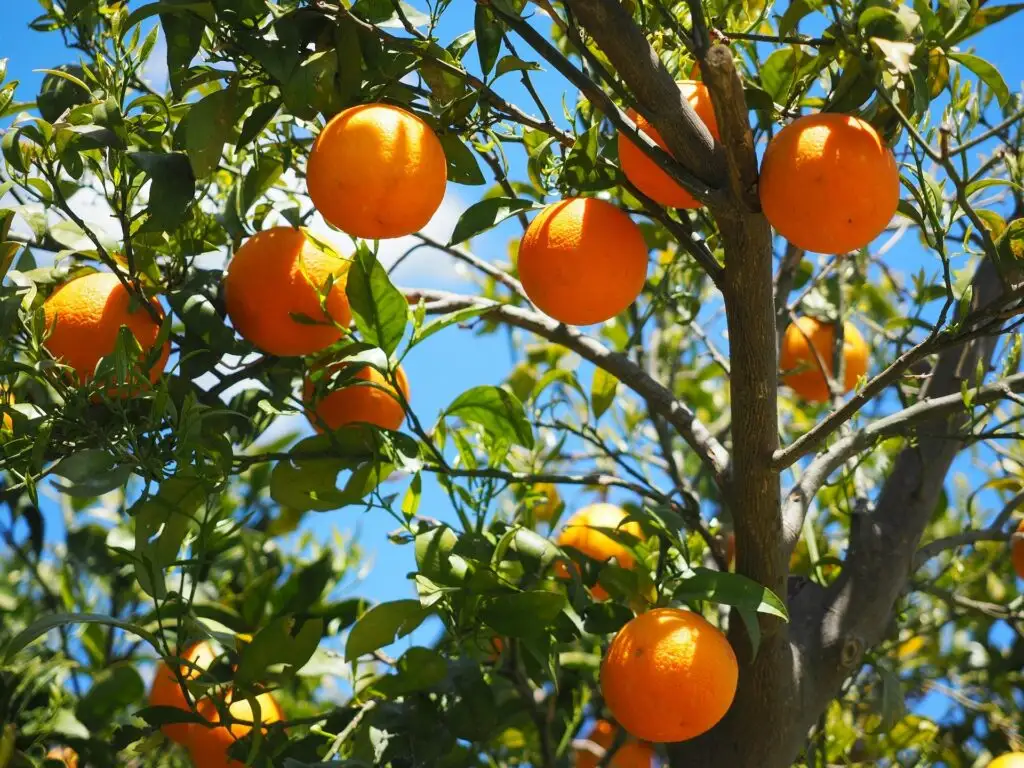Citrus sinensis
Latin Name: Citrus sinensis
Herb Class/Action: Lymphatic, Bitter Tonic, Lung Tonic, Digestive Bitter
Parts Used: Skin of the fruit
Flavors: Warming, cooling, drying
Energetics: Pungent, sour
Traditional Benefits: Spirit support, mood support, lymphatic support, digestive support, immune support, microbiome support, lung support, qi support
For hundreds of years, orange peels have been used in Traditional Chinese Medicine, primarily in immune-supporting and digestive remedies. This often-overlooked part of the fruit is perhaps the most beneficial of all, rich in phytochemicals and bitter compounds that support gut and lung health.*
Unlike most herbs, whose origins in traditional medicine can be traced back to precise locations, it’s unclear exactly where the orange came from. We know it arrived in the Mediterranean region around the late 1400s or early 1500s—making its way into South, Central, and North America over the next few centuries.
Interestingly, though the United States now leads in world production of oranges, the crop didn’t arrive on US soil until around 1872. We made up for lost time, planting orange groves throughout Florida, which remains a world leader in orange production to this day.

Oranges—and citrus fruits in general—have been consumed for hundreds of years for their taste and medicinal benefits. A single orange contains ~170 phytonutrients and over 60 flavonoids, including vitamin C, folate, vitamin B6, fiber, and calcium.
The flesh of the fruit is incredibly beneficial, but the peel is where it’s at. Sweet orange peel has immune-supporting vitamins, microbiome support, lung support, Qi support, mood support, and digestive support.*
Our podcast guest and herbalist Jill Blakeway says, “Orange peel helps your psychic weight drain down, and your spirit lift up.” With its Qi-descending power, orange peel makes sure that digestion is flowing in the right direction, and helps us to ‘let go’ of what may be weighing down the spirit.
In traditional medicine, essential oils are extracted from orange peels or the orange peels are dried and brewed into teas. Today, we can also get the health benefits of orange peel in our diets without the wait time of other methods by zesting. Finely grate the orange peel over salads, into drinks, or into marinades for a boost of essential nutrients and a balancing citrus flavor.*
“You can’t eat the orange and throw the peel away—a man is not a piece of fruit.” —Arthur Miller (This is obviously a metaphor, but you shouldn’t throw the peel away on a literal orange, either!)

